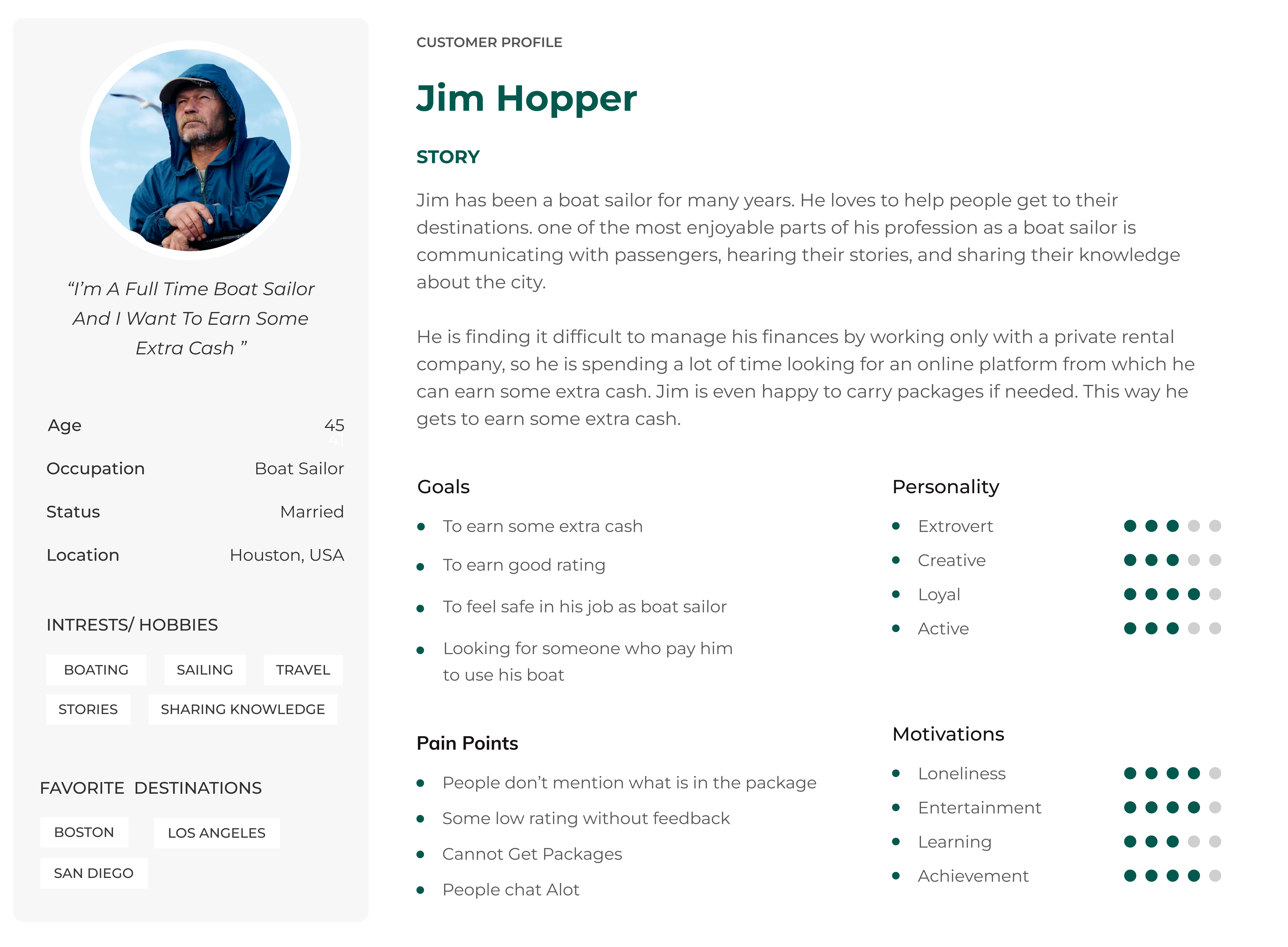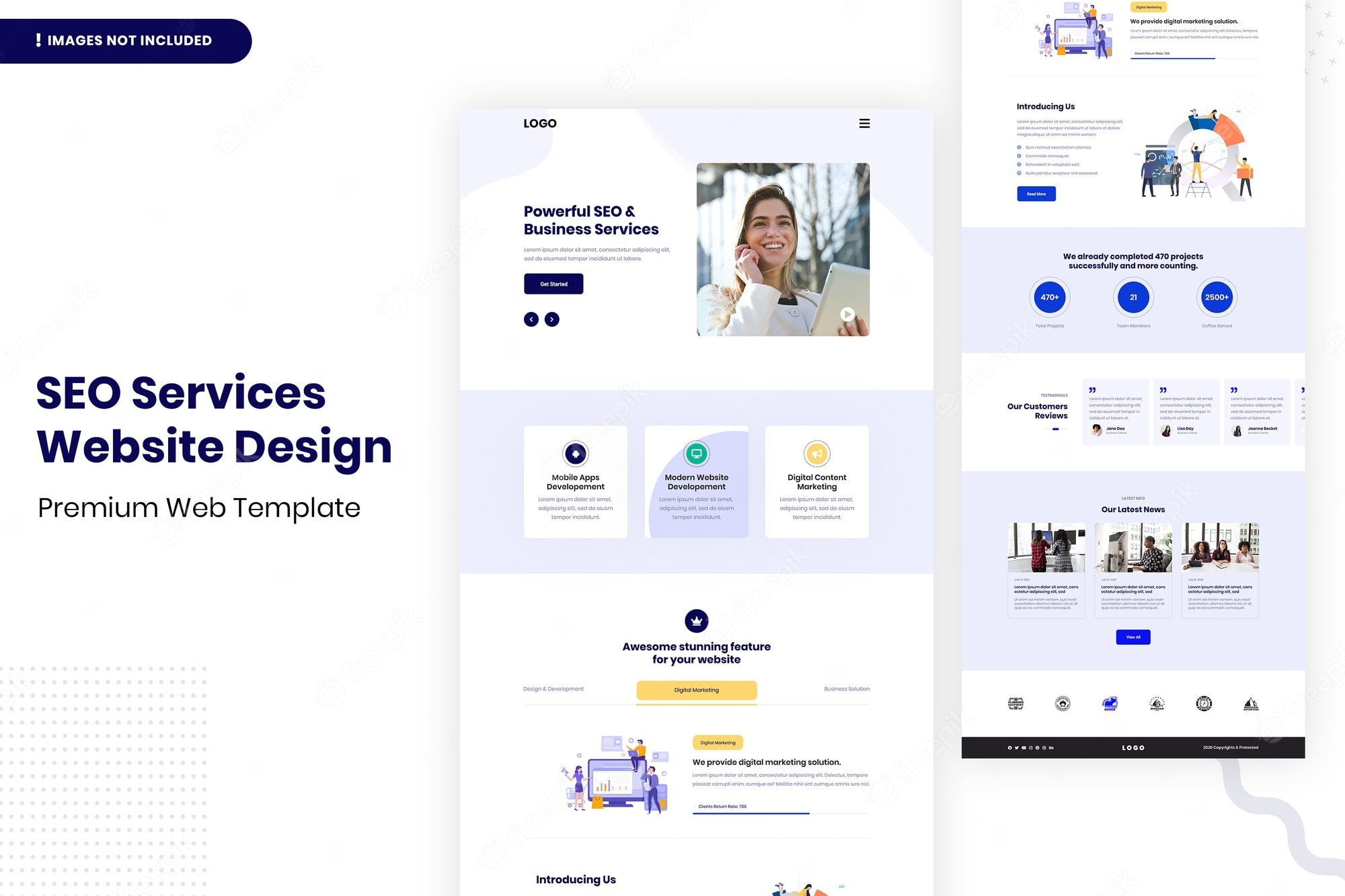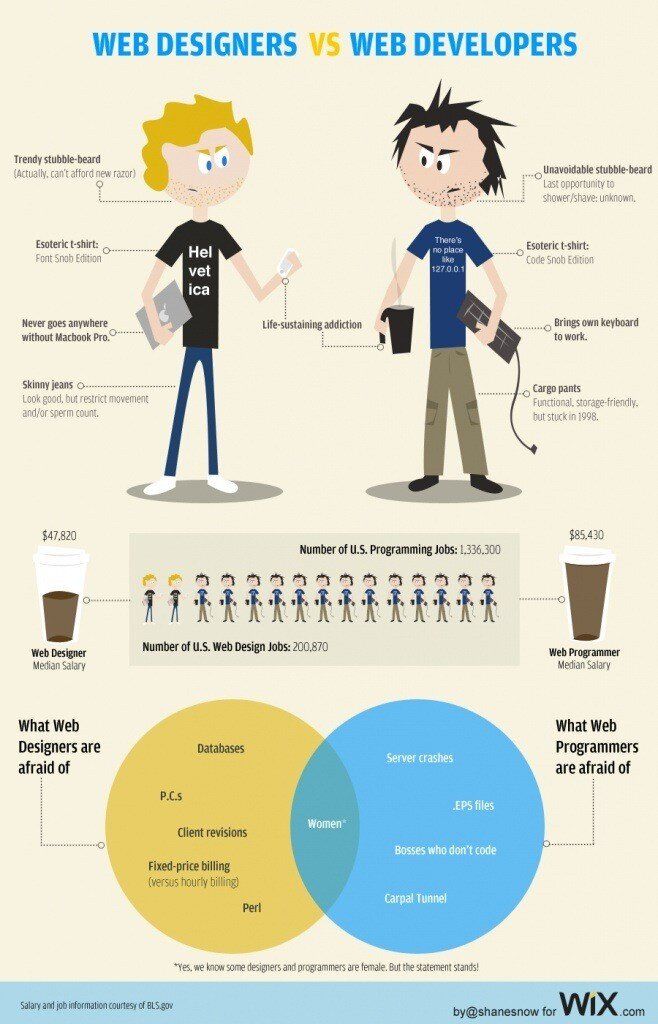
Creating a responsive website is a good way to enhance the visibility of your content. It can enhance user experience and increase sales. It also shows customers that you trust them.
Responsive design consists of creating a website that adjusts its layout based on the size of the device. It is important for you to be aware of all the different devices that can access the Internet. Some devices are more capable than others. Mobile devices often contain accelerometers and GPS data that can be used to provide location-based info. Responsive design is about providing users with a consistent experience across all devices.
Responsive website design is not easy. Consider the screen size and layout of the devices. Also, consider whether you will be hiding certain elements on smaller screens. Responsive designs are designed to provide the best user experience. In some cases, you will want to hide certain elements, while in others, you will want to provide as much information as possible.

The use of relative units is an essential aspect of responsive design. It allows you to specify font size and fontweight. This allows for a single codebase to be able to support multiple viewports. Responsive design also includes the use of proportion-based grids that allow you to rearrange content on a page.
However, relative units are not enough. Your team needs focus on the details, including content and performance, to ensure that your website can be used by all users.
One of the most important benefits of responsive design, is its ability provide users with a more consistent user experience. When the tablet's screen is larger than a desktop, for example, a design with three columns may reshuffle to a two-column layout. This allows users see more content, without having to scroll down or up.
Transport for London's website uses identical HTML and CSS. However the layout changes as the browser window gets larger. This makes the site easier to navigate on mobile devices. This also hides any secondary content, such as background images or supplementary navigation. Smart enough to display a small arrow on the website to inform desktop users when they must scroll down.

A responsive design also helps you to save resources. Responsive design allows websites to be easily adapted to various devices. This makes it easier to maintain and gives you more time to work on other aspects. It's also possible to create timeless designs using responsive design. It is not unusual for people to decide to visit a site based upon how mobile-friendly it is. This could mean that your credibility and revenue could be damaged.
FAQ
Can I build my website using HTML & CSS?
Yes! If you've followed the steps, you should now be able create your website.
Now that you know how to create the structure of a website, you'll also need to learn some HTML and CSS coding.
HTML stands for HyperText Markup Language. It is similar to writing a recipe. You would list ingredients, directions, etc. HTML can also be used to inform a computer if certain parts of text should appear bold, underlined and italicized. It's the language that documents use.
CSS stands to represent Cascading Stylesheets. This is a stylesheet for recipes. Instead of listing each ingredient and instructing, you can write down general guidelines for font sizes, colors and spacing.
HTML tells your browser how to create a web page. CSS tells you how.
Don't panic if either of these terms are confusing to you. Follow these tutorials, and you'll soon have beautiful websites.
How do you create a free website.
It all depends on which type of website it is. Do you want to sell products online? Start a blog? Build a portfolio?
It is possible to create a basic website with HTML and CSS (a combination HyperText Markup Language & Cascading Style sheetss). While it's possible to create a simple website using HTML and CSS, most web developers recommend using a WYSIWYG editor such as Dreamweaver or Frontpage.
If you don't have experience designing websites, hiring a freelance developer might be the best option. A freelance developer can create a website tailored to your needs.
A freelance developer can charge you a flat fee per project or hourly rate. It all depends on how much work they do in a set timeframe.
For example, some companies charge $50-$100 per hour. You'll usually get higher rates for larger projects.
Many freelance websites also list open jobs. You could search there first before contacting potential developers directly.
How do I choose a domain name?
Choosing a good domain name is essential. It is essential to have a unique domain name. People will not be able find you when they search your product.
Domain names should be simple, short, easy-to-remember, relevant to your brand and unique. Ideal domain names are something people would type into their browser.
Here are some ways to choose a domain name.
* Use keywords that are related to your niche.
* Do not use (-), symbols or hyphens.
* Don't use.net or.org domains.
* Don't use words that have been used before.
* Avoid generic terms such as "domain" and "website".
* Check to make sure it's there.
How to design a website?
Understanding your customers' needs is the first step. What do they look for on your site?
What issues might they be facing if they can't locate what they're looking at on your site.
Now you need to figure out how you can solve these problems. You also need to make sure that everything on your site looks right. It should be simple to navigate and use.
Your site should be very well-designed. It shouldn't take too many seconds to load. If it takes too long, people may not be able to stay as long. They'll leave and go elsewhere.
It is essential to determine where all your products reside before you start building an eCommerce website. Are they all in one location? Are they in one location?
You need to decide whether you want to sell one product at once or many different types of products. Are you interested in selling one type of product? Or multiple types?
Once you have answered these questions, you can begin building your site.
Now you need to worry about the technical side of things. What will it take to make your site work? Will it be fast enough? Can it be done quickly by people using their computers?
Can people buy things without having to pay more? Is it necessary for them to register before they are able to purchase anything?
These are crucial questions you should be asking yourself. When you have the answers, you can move on.
How To Make A Static Web Site
To create your first static website, you'll need to choose between two options:
-
Content Management System (a.k.a. WordPress): WordPress is a Content Management System (a.k.a. This software can then be used to create an indispensable website.
-
You will need to create a static HTML website. This is easy if you know HTML.
You might consider hiring an expert to design your website if you are planning to build a large site.
However, it is a good idea to start with option 2.
Statistics
- At this point, it's important to note that just because a web trend is current, it doesn't mean it's necessarily right for you.48% of people cite design as the most important factor of a website, (websitebuilderexpert.com)
- It's estimated that chatbots could reduce this by 30%. Gone are the days when chatbots were mere gimmicks – now, they're becoming ever more essential to customer-facing services. (websitebuilderexpert.com)
- The average website user will read about 20% of the text on any given page, so it's crucial to entice them with an appropriate vibe. (websitebuilderexpert.com)
- It's estimated that in 2022, over 2.14 billion people will purchase goods and services online. (wix.com)
- When choosing your website color scheme, a general rule is to limit yourself to three shades: one primary color (60% of the mix), one secondary color (30%), and one accent color (10%). (wix.com)
External Links
How To
Drupal 7 Web Design Guide
Drupal is one of the most popular Content Management Systems (CMS) available today. It was originally developed by DriesBuytaert (Belgium) in 2003. Named after the names of its two developers, Dirk Buijtewaard (from Belgium) and Pierre d'Herbemont (from France). Drupal was made open-source in 2005. Since then, many versions have been released. Drupal is widely used today by companies and websites around the globe.
There are several reasons why Drupal is so popular among website owners. It's free to download. It is simple to customize and expand. It is well documented. Fourth, forums and IRC channels provide great support. Fifth, it can be expanded via modules. Sixth, it supports multiple languages. It is easy to customize. Eighth, it's scalable. It is also secure. Tenth it is reliable. Finally, the community supports it. All these factors make Drupal a perfect choice for your next project.
You might be asking yourself what makes Drupal so different from other CMS systems. The answer is simple. Drupal is an Open-Source Content Management System. Drupal is free to download and use. Drupal gives you complete control of your website. You have complete control over your website. You can add or delete pages.
Drupal is the best option if you lack technical skills but want to build a website. Drupal is a CMS that doesn't require programming skills. You only need to know how Drupal works. You will then be able modify your website to suit your needs.
Drupal also offers many pre-built themes as well as plugins. These plugins help you to enhance your site's functionality. For example, you can use the Contact Form module to collect contact information from visitors. Google Maps can be used to display maps on your site. There are thousands of ready-made templates that come with Drupal. These templates will give your website a professional appearance.
Drupal is flexible, too. You can add new modules and even replace existing ones without worrying about compatibility issues. You can do it quickly if you want to integrate social media into your website. You can also create RSS feeds and e-mail subscriptions.
Drupal can also be customized. Drupal lets you add custom fields, forms, manage users and much more. Drupal allows you to create complex layouts.
Drupal is also reliable and sturdy. It is reliable, stable, and can be scaled. Also, it offers excellent security features. Drupal is an excellent web development platform.